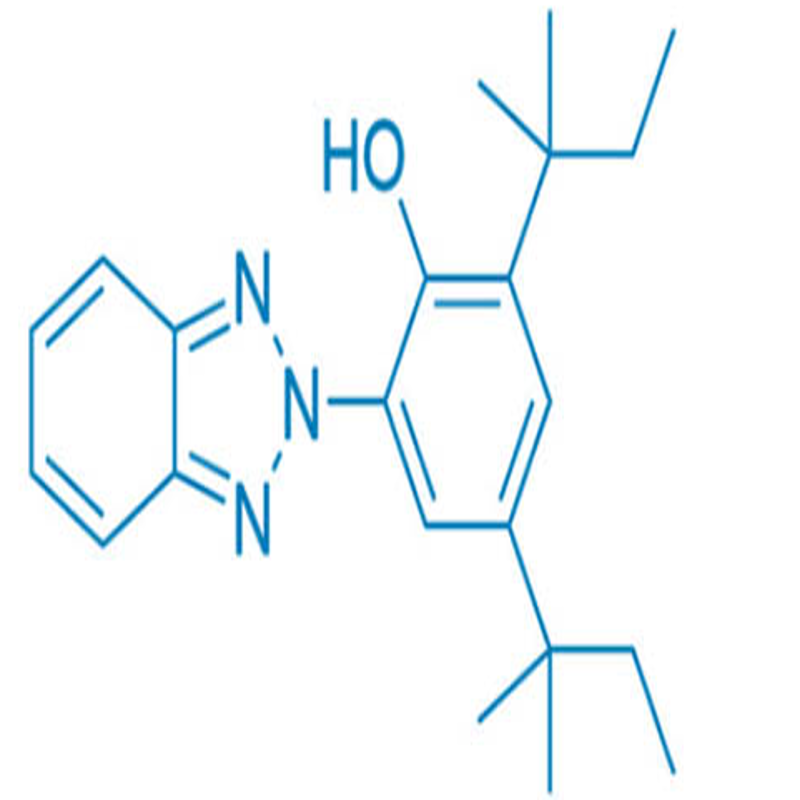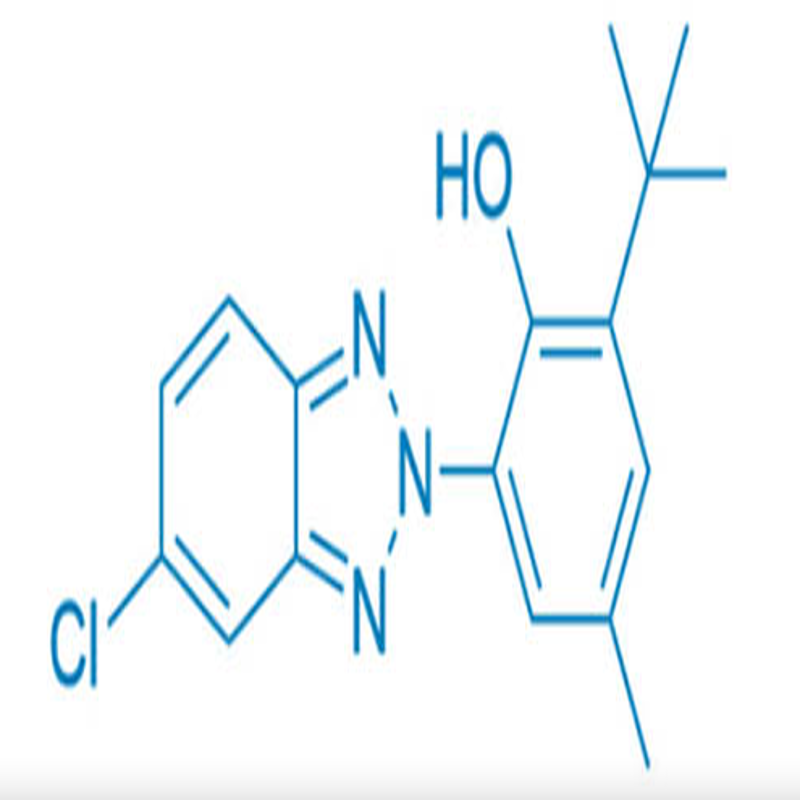-
Categories
-
Pharmaceutical Intermediates
-
Active Pharmaceutical Ingredients
-
Food Additives
- Industrial Coatings
- Agrochemicals
- Dyes and Pigments
- Surfactant
- Flavors and Fragrances
- Chemical Reagents
- Catalyst and Auxiliary
- Natural Products
- Inorganic Chemistry
-
Organic Chemistry
-
Biochemical Engineering
- Analytical Chemistry
-
Cosmetic Ingredient
- Water Treatment Chemical
-
Pharmaceutical Intermediates
Promotion
ECHEMI Mall
Wholesale
Weekly Price
Exhibition
News
-
Trade Service
On December 20, U.
S.
industry group 3M announced that it will phase out production of per- and polyfluoroalkyl substances (PFAS) and work to discontinue the use of PFAS
in its portfolio by the end of 2025.
3M said the decision was based on careful consideration and thorough assessment of the changing external environment, including increasing regulation of the chemical and growing demand for alternatives
.
3M said it will stop manufacturing all fluoropolymers, fluorinated liquids and PFAS-based additive products by the end of 2025; PFAS
will be discontinued in all of its products by the end of 2025.
3M estimates that the PFAS it currently produces have annual net sales of approximately $1.
3 billion
.
During the process of exiting PFAS production, 3M expects to incur total pre-tax expenses of approximately $1.
3 billion~$2.
3 billion
.
PFAS is essential in the manufacture of many products important to modern life, including medical, semiconductor, battery, telephone, automotive, and airplane.
PFAS are often colloquially referred to as "permanent chemicals" because they take a long time to decompose in the natural environment, potentially causing permanent contamination
of soil and groundwater.
In November, the California State Prosecutor's Department announced charges against 18 chemical companies, accusing them of concealing the fact that PFAS products pollute the environment and endanger public health for a long time, and demanding that they pay for cleaning up the pollution
.







